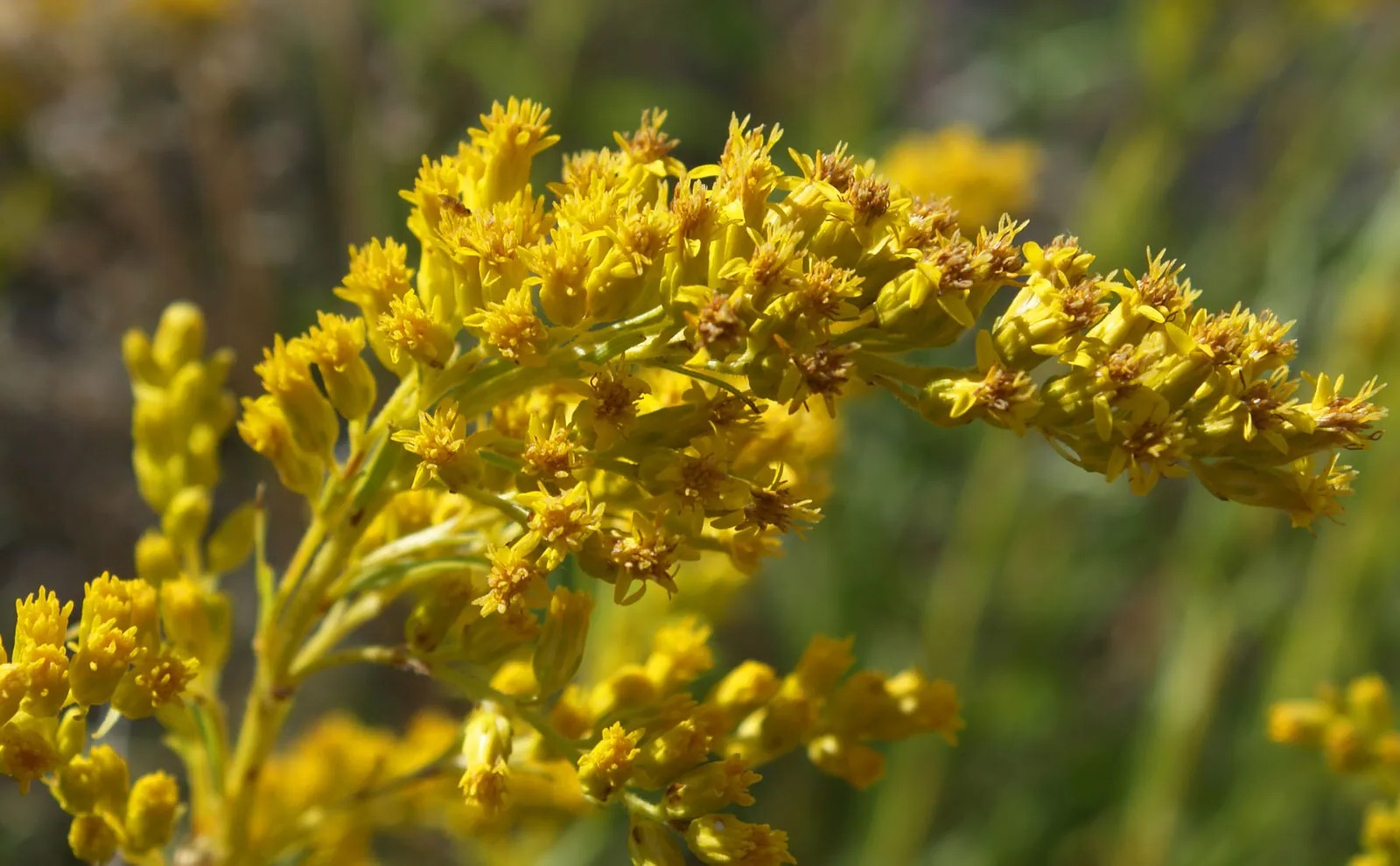
Goldenrod, a bright yellow wildflower, often catches the eye in fields and along roadsides. But what do we really know about this vibrant plant? Goldenrod is not just a pretty face; it has a rich history and surprising benefits. From its use in traditional medicine to its role in supporting pollinators, this plant is more than meets the eye. Did you know that goldenrod can help with allergies, despite common misconceptions? Or that it played a part in early American history? Whether you're a gardening enthusiast or just curious about nature, these 25 facts about goldenrod will enlighten and surprise you.
What is Goldenrod?
Goldenrod is a bright yellow flowering plant often found in meadows, fields, and along roadsides. Known for its vibrant color and medicinal properties, goldenrod has a rich history and fascinating characteristics.
- Goldenrod belongs to the Asteraceae family, which includes daisies and sunflowers.
- There are over 100 species of goldenrod, primarily found in North America.
- The plant's scientific name is Solidago, derived from the Latin word "solidare," meaning "to make whole."
- Goldenrod blooms from late summer to early fall, providing a splash of color as other plants begin to fade.
- The flowers are a crucial nectar source for bees, butterflies, and other pollinators.
Historical Uses of Goldenrod
Goldenrod has been used for centuries in various cultures for its medicinal properties. Let's explore some historical uses of this versatile plant.
- Native Americans used goldenrod to treat wounds and burns due to its antiseptic properties.
- Early settlers brewed goldenrod tea to alleviate sore throats and colds.
- During the American Revolution, goldenrod tea became known as "Liberty Tea" after the Boston Tea Party.
- The plant was used in traditional European medicine to treat kidney stones and urinary tract infections.
- Goldenrod was once believed to have the power to find hidden treasure, leading to its nickname "woundwort."
Goldenrod in Modern Medicine
Goldenrod continues to be valued for its health benefits in contemporary herbal medicine. Here are some modern uses.
- Goldenrod extract is used to reduce inflammation and relieve pain.
- The plant's diuretic properties help with urinary tract health and flushing out toxins.
- Goldenrod is often included in herbal remedies for allergies and hay fever.
- Studies suggest goldenrod may have antioxidant properties, helping to protect cells from damage.
- The plant is used in natural treatments for arthritis and joint pain.
Goldenrod in the Ecosystem
Goldenrod plays a significant role in its ecosystem, supporting various forms of wildlife. Let's look at its ecological importance.
- Goldenrod provides habitat and food for numerous insects, including caterpillars and beetles.
- The plant supports biodiversity by attracting a wide range of pollinators.
- Goldenrod seeds are a food source for birds and small mammals during the winter months.
- The plant's deep roots help prevent soil erosion and improve soil health.
- Goldenrod can act as a natural pest repellent, deterring harmful insects from nearby crops.
Misconceptions About Goldenrod
Despite its many benefits, goldenrod is often misunderstood. Here are some common misconceptions debunked.
- Goldenrod is frequently blamed for hay fever, but the real culprit is usually ragweed, which blooms at the same time.
- The plant is sometimes considered a weed, but it has many ecological and medicinal benefits.
- Some people believe goldenrod is invasive, but many species are native and play a crucial role in their habitats.
- Goldenrod's bright yellow flowers are often mistaken for allergens, but its pollen is too heavy to be windborne.
- The plant is sometimes thought to be toxic, but it is safe for both humans and animals when used appropriately.
Goldenrod's Fascinating World
Goldenrod isn't just a pretty plant. It's packed with interesting facts that make it stand out. From its medicinal uses to its role in ecosystems, goldenrod proves its worth. This plant supports pollinators like bees and butterflies, making it crucial for biodiversity. Historically, goldenrod has been used in traditional medicine to treat various ailments. Its bright yellow flowers also add a splash of color to landscapes, making it a favorite among gardeners.
Despite its beauty, some people mistakenly blame goldenrod for allergies. However, the real culprit is usually ragweed, which blooms at the same time. Knowing this can help clear up common misconceptions. Goldenrod's resilience and versatility make it a plant worth appreciating. Whether you're a gardener, a nature lover, or just curious, goldenrod has something to offer everyone.
Was this page helpful?
Our commitment to delivering trustworthy and engaging content is at the heart of what we do. Each fact on our site is contributed by real users like you, bringing a wealth of diverse insights and information. To ensure the highest standards of accuracy and reliability, our dedicated editors meticulously review each submission. This process guarantees that the facts we share are not only fascinating but also credible. Trust in our commitment to quality and authenticity as you explore and learn with us.


